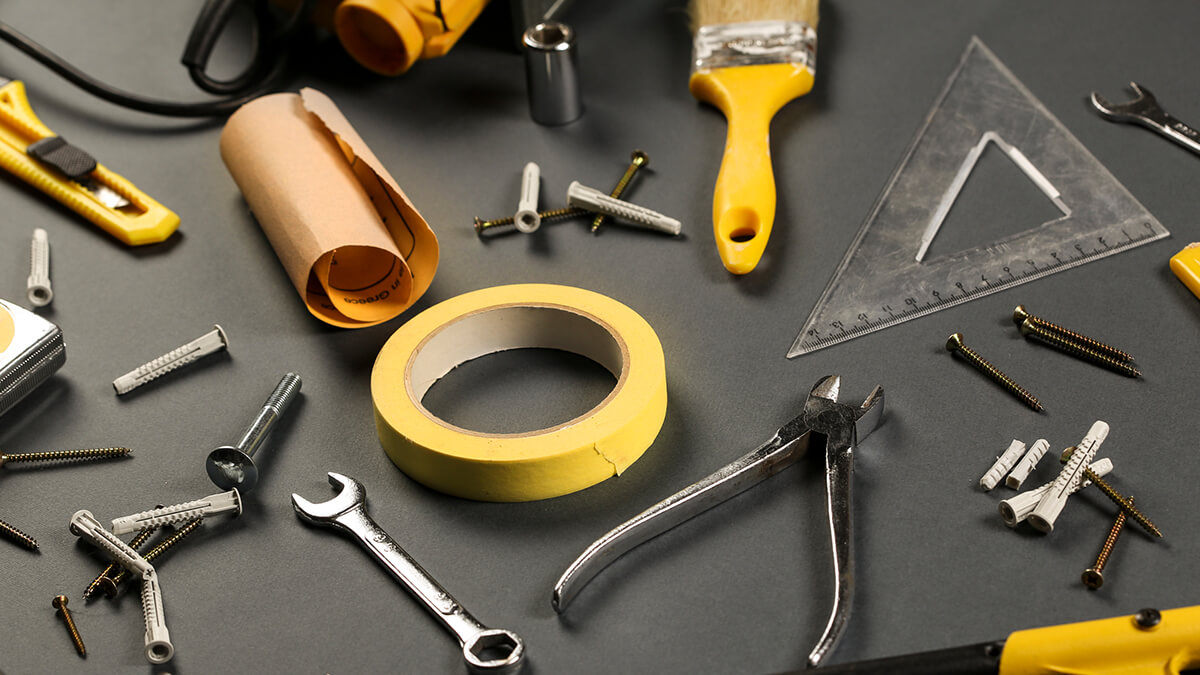Recognize several common types of machine tools: lathes, milling machines, and drilling machines
All machine tools are collectively referred to as the machine tools industry, covering a wide range, and can be applied in many industries. Next, we will introduce three types of machine tools: turning machines, milling machines, and drilling machines.
Lathes are important machine tools that can be used for machining. Lathe machine is one of the most versatile and widely used machine tools all over the world. It is commonly known as the mother of all other machine tools. Lathes are commonly used in metalworking, cutting metal, metal spinning, woodturning and glass processing. The lathe has eight components, including the bed, bedside table, spindle, tailstock, carriage, cross slide, tool post, tool holder, each component has different functions. Some of the most common products of lathes are crankshafts, camshafts, table legs, bowls, and candlesticks.
What Is a Milling Machine?
Milling machines are also called multitasking machines (MTMs). It is a versatile machine capable of milling and turning materials. A milling machine is a device for rotating a circular tool having a plurality of cutting edges arranged symmetrically about its axis.
A milling cutter is installed on the milling machine. Its purpose is to process flat, rough and irregular surfaces. When the material is cooled, it is removed from the milling machine. Milling is one of the familiar manufacturing processes used in machinery and industry to manufacturing precision products and parts of different shapes and sizes.
What Is Drilling Machine?
The drilling machine is one of the important industrial machinery in the world; it can be used for drilling, reaming and boring operation. The first drill can chase back to the ancient Egyptians and Harappans, which is the bow drill. After years by years, the earliest electric drill was invented in Australia in 1889 by and William Blanch Brain and Arthur James Arnot. Nowadays, there are different sizes and shapes of drilling machines, from handheld power drills to bench-mounted drills finally floor-mounted models. People can cut a perfect hole through drilling machines; furthermore, it can also drill through various kinds of materials including woods, plastic, and metals.







.png)






